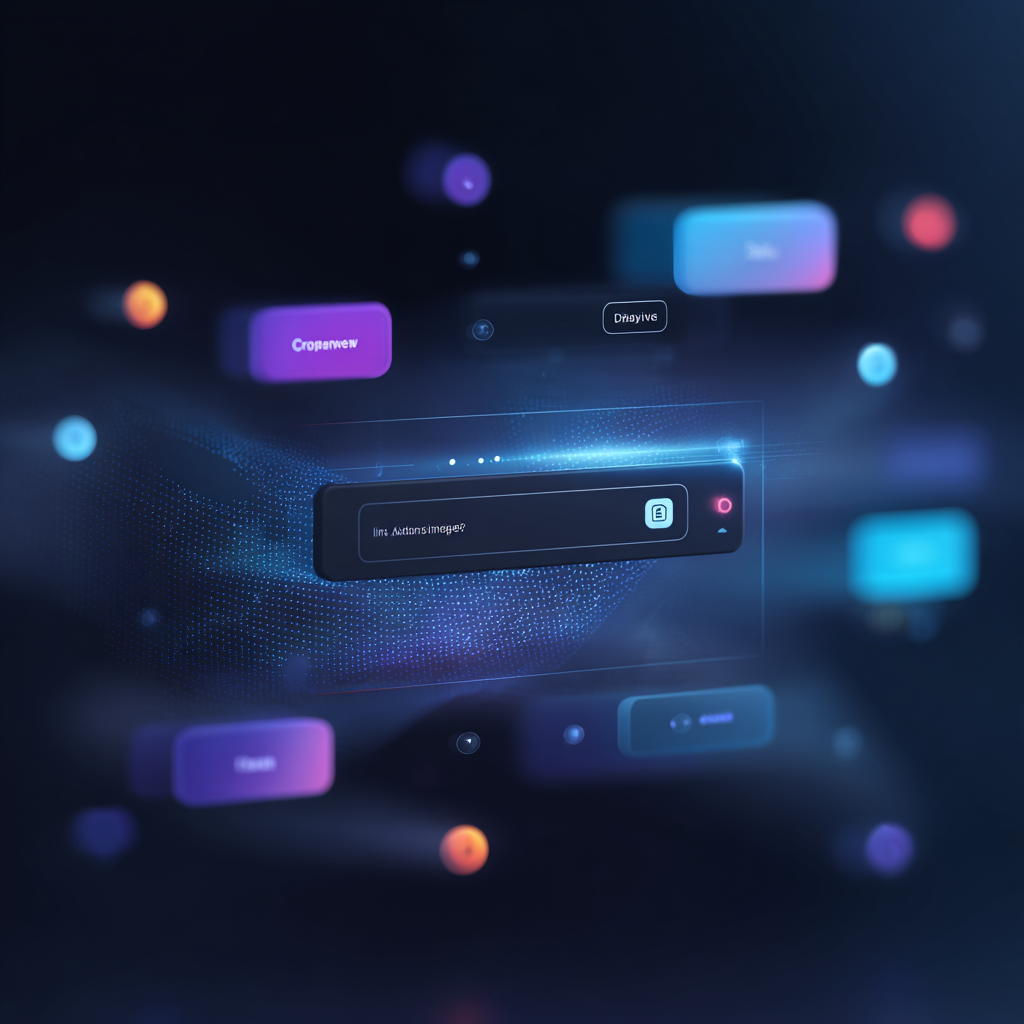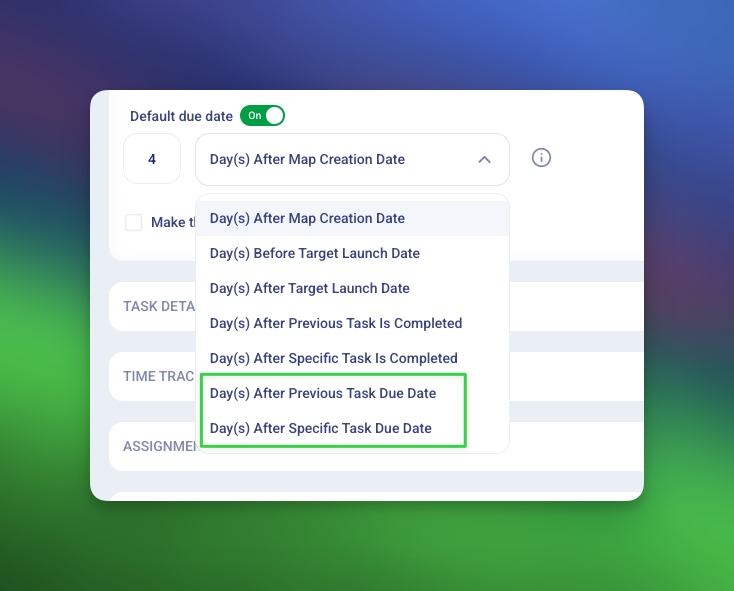7 Ways To Elevate Your Customer Onboarding Experience

So you’ve just signed a new customer …
If ho-hum describes your onboarding process, it’s exactly how your new customers will feel. The reasons vary, of course. Perhaps your team has to spend valuable time creating onboarding checklists for each customer, or you’ll need to trade several back-and-forth emails before beginning the onboarding process. Maybe you can already tell that a certain step in the process—account setup and logins for example, or IT systems access—is going to trip things up (just like it always does).
No matter how you slice it, poor customer onboarding won’t provide the top-notch customer experience your client deserves and certainly isn’t good for your company’s bottom line. Research from ProfitWell, for example, shows that “customers who perceived a company’s onboarding positively had between a 12% and 21% higher willingness to pay than the median.” According to Wyzowl, 63% of customers say that post-sale support is an important part of their purchase decision.
Put differently: your customer onboarding process matters.
Breathe life and substance into your onboarding process
Unfortunately, a lot of the customer onboarding best practices and tips out there are similarly ho hum. Instead, we’ve decided to bring you seven actionable ways to elevate your customer onboarding experience, straight from what we’re seeing in the trenches.
1. Map your internal handoff process and support it with technology
Selling and onboarding new customers ought to look a lot like a relay race between sales and customer success. When the baton is handed off, neither stakeholder can be standing still. The key is to know when to start running to ensure a smooth handoff.
Start by auditing a representative group of recently onboarded clients. Take a look at when in the sales process you’ve typically introduced the customer success team and kicked off onboarding. We’ve found that this often happens quite early in the sales process.
Under the hood, formalize this handoff process by mapping the stages, workflows, and teams onto your supporting technology. For instance, you can set up required fields in Salesforce at certain opportunity stages to ensure your customer success team has all the context they need to begin onboarding. If it’s a complex, high-dollar sale, you might consider scheduling an internal handoff meeting.
2. Outline and visualize the process for your customers
Assumptions can be relationship killers. Surprises, too. Most customers want a clear picture of what comes next once they sign on the dotted line. And most, as it turns out, don’t always know what to expect. Why not make it as easy as possible for them to understand?
Here’s what we recommend:
- Map out the key steps on the onboarding process from the customer’s perspective. Most onboarding processes can be boiled down to three core phases: kickoff and configuration; integration; test and go-live.
- Visualize this onboarding map in the form of a well-designed checklist, guide, or other digital shareable. At this stage, you’ll want to bring in the help of your creative team, as well as the input of customer success.
- Train up sales and customer success staff on when and how to deploy your onboarding map.
Well produced, customer-first onboarding collateral does more than make things plain for customers. It sends a signal about the quality of support they can expect after the sale. Here’s a strong example from Noiseaware to give you an idea of what we mean:

3. Complete your onboarding preparedness plan
Ideally, you’ve collected a lot of information—perhaps in automated fashion—during the early stages in your pre-sale and sales process. The goal is to have as complete a picture as possible when it’s time to assess a customer’s readiness for onboarding.
You might call this the cover your ass (CYA) step. This is where your customer success managers should be doing some extra legwork to make sure they have all the data they need to ensure the smoothest onboarding process as possible. Here are some of those data points:
- Stated goals and objectives
- Existing technology stack, system requirements, and integrations
- Key stakeholders, implementation people, and who they report to
- Pain points with existing solution or setup
- Timelines for upcoming project phases
4. Talk about something other than the weather, please
Is it just us, or does every kickoff call start the same. Pleasantries about the weather (“Oh, San Diego!? How’s that weather treating you?”). Commiseration about COVID-19 (“what a strange year!”). Instead, this is your chance to be dynamic—to put your personal signature on the relationship from the beginning.
What details can you bring in to tailor the conversation from the get-go? A common connection in terms of location or education (“Hey, I went to the University of Indiana, too! Did you ever have a Professor Such and Such?”). A major milestone or update that’s probably top of mind (“I saw that your company just raised a Series B—congratulations!”).
It all hearkens back to what you learned while developing your preparedness plan.
5. Always send written follow-ups outlining what was discussed and next steps
People are bad at remembering things. We forget meetings we scheduled unless a notification reminds us ten minutes before. We forget our sister’s birthday. Some of us even leave our kids behind at the grocery store (don’t ask).
The point is, your most recent meeting with the customer was one of many that day. Make their lives easier by sending bulleted recaps with details, next steps, and action items after each meeting. Of course, you can enhance this step by building automated checklists for everyone involved in the onboarding process.
6. Wait, where are we at again?
Remember that onboarding visual we created in tip #2? Make sure to reference it with each meeting to reiterate exactly where your customer is in the onboarding process. It’s kind of like counting pages left in a chapter: people naturally prefer to know how close they are to achieving a goal.
7. Have a defined go-live handoff for the customer’s CSM or ongoing support team
Just as you have a documented process to help pass the baton between sales and onboarding, you should have a documented process for the handoff from the onboarding team to customer success or support. Some of this will depend on your internal team structure.
But a clean transition and clear points of contact are a must. Nothing is more frustrating to new customers than needing help during the next phase of their lifecycle and not knowing where to get it. The better you can …
- Formalize
- Personalize
- Automate
… go-live handoffs, the better.
Above all else, approach new customer onboarding with empathy
Throughout the seven best practices above, empathy should be the prevailing principle. Yes, there absolutely is a time and place for onboarding automation; but it should always bring value to the customer journey, rather than make them feel like they’ve just been put on a faceless conveyor belt. The same goes for handoff processes, journey mapping, and preparedness plans.
Just think: how can we arrange this step in the process in a way that makes life easier for our customers? When you make this your starting point—when you strive to empathize—you’re that much closer to an onboarding experience that’s anything but ho hum.





.png)


